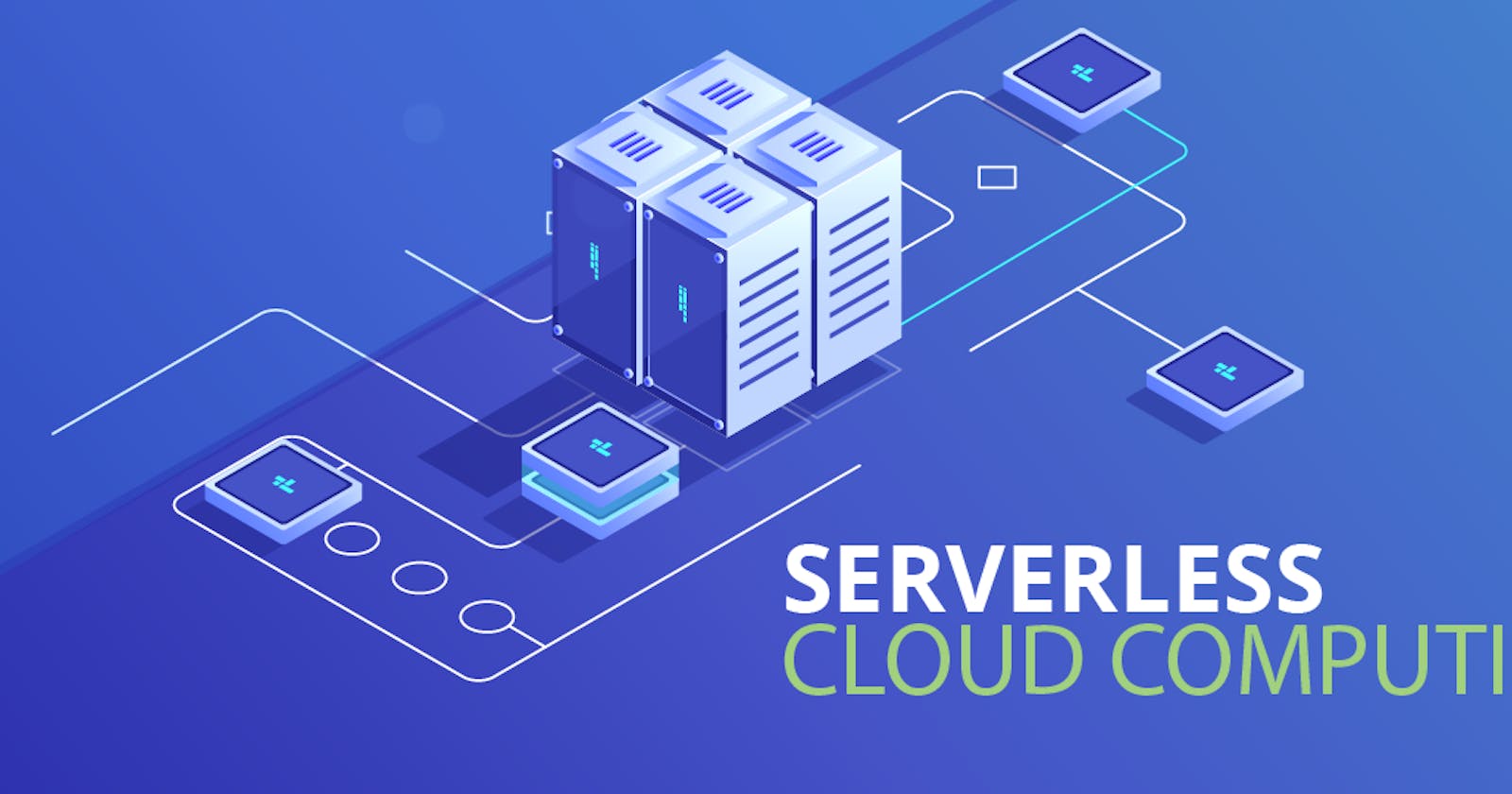AWS Lambda and other serverless function technologies are getting popular every day. Teams and organizations are recognizing the potential of serverless architecture for various use cases. Many want to replace their old monolith server-based architecture with serverless. It removes the need for creating and managing servers which reduces the operational cost and time.
There are many serverless services available in the market and all the big cloud companies offer them. Here we are talking about the most popular cloud service i.e. AWS. AWS Lambda is the serverless service offered by AWS. Lambda is widely used and one of the first serverless services to be available online. So, how can you create a full-stack application with the help of AWS Lambda?
AWS provides a bunch of services other than Lambda that can be utilized along side Lambda to create and deploy a full-stack serverless application. These are the following.
S3 : AWS S3 or Simple Storage Service can be used to store static files such as HTML, CSS, and javascript files along with other media files.
Cloudfront - Cloudfront is a CDN (Content Delivery Network) service which is used to provide high availability and distribute resources globally.
Cognito - Cognito can be used for authentication and authorization.
DynamoDB - DynamoDB is a NoSQL database. It is highly scalable and can be used as data storage for any application.
API Gateway - API Gateway can be used to create HTTP endpoints for your Lambda functions.
Apart from these cloud services, the Serverless framework can be used for developing applications easily with these services. Serverless is a development tool and is capable of creating and deploying serverless functions for many cloud services such as AWS Lambda and Azure Functions. Serverless makes it easy for the developer to provision and configure various cloud services enable them to focus on their application development rather than infrastructure management.
Hope you like this article.

